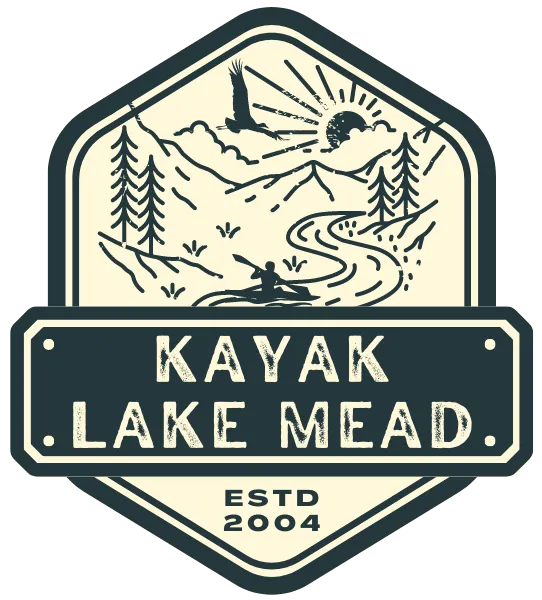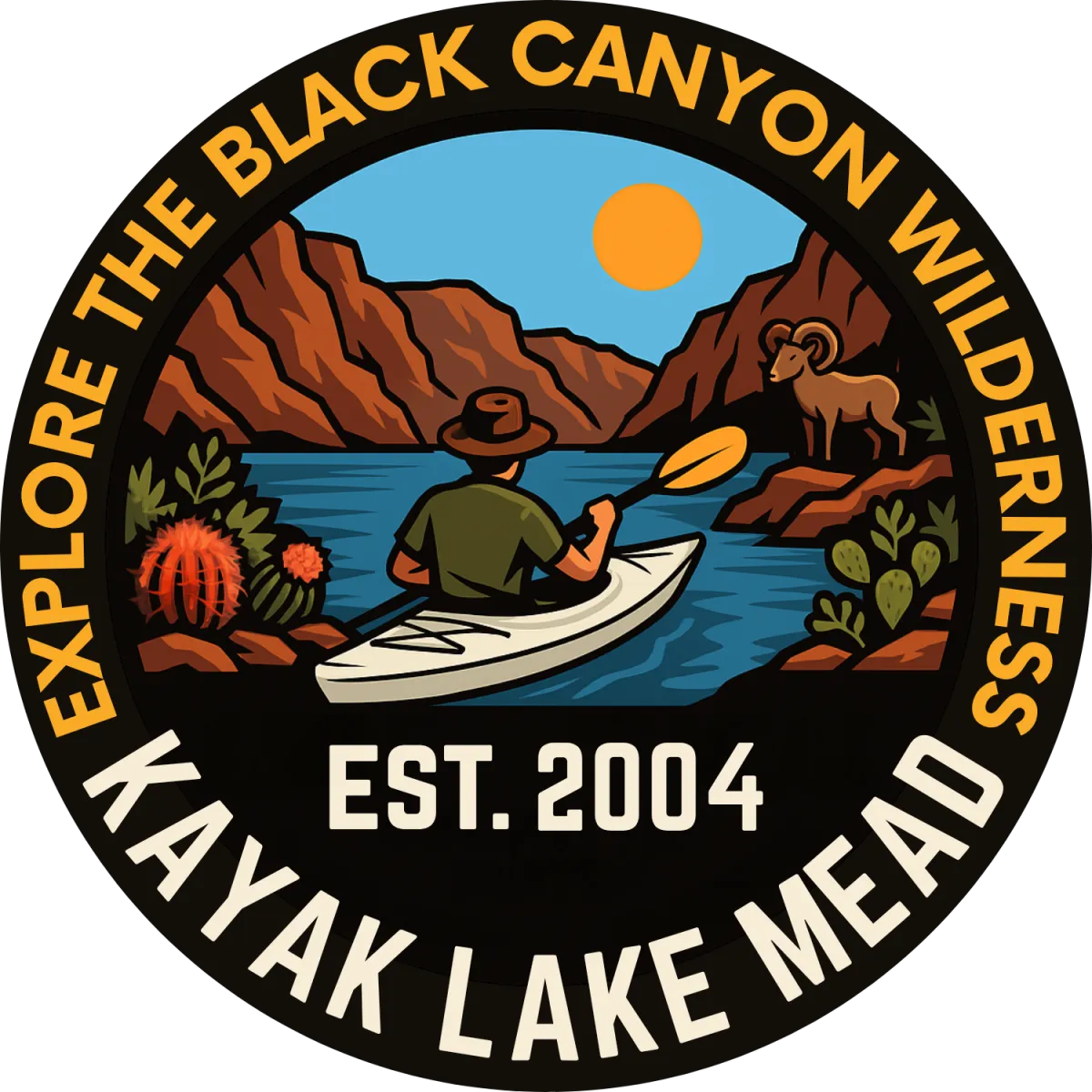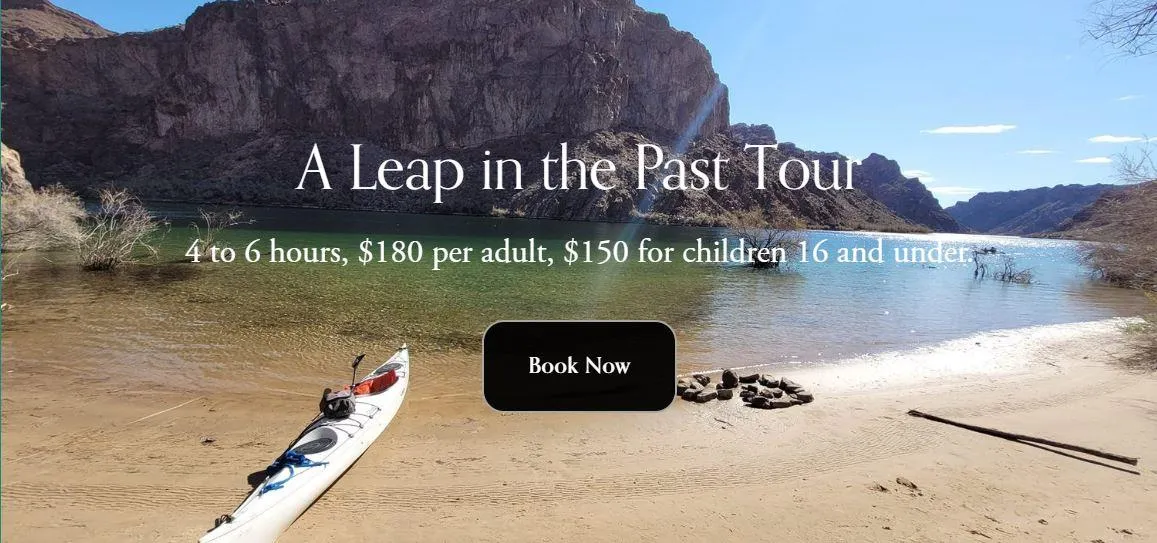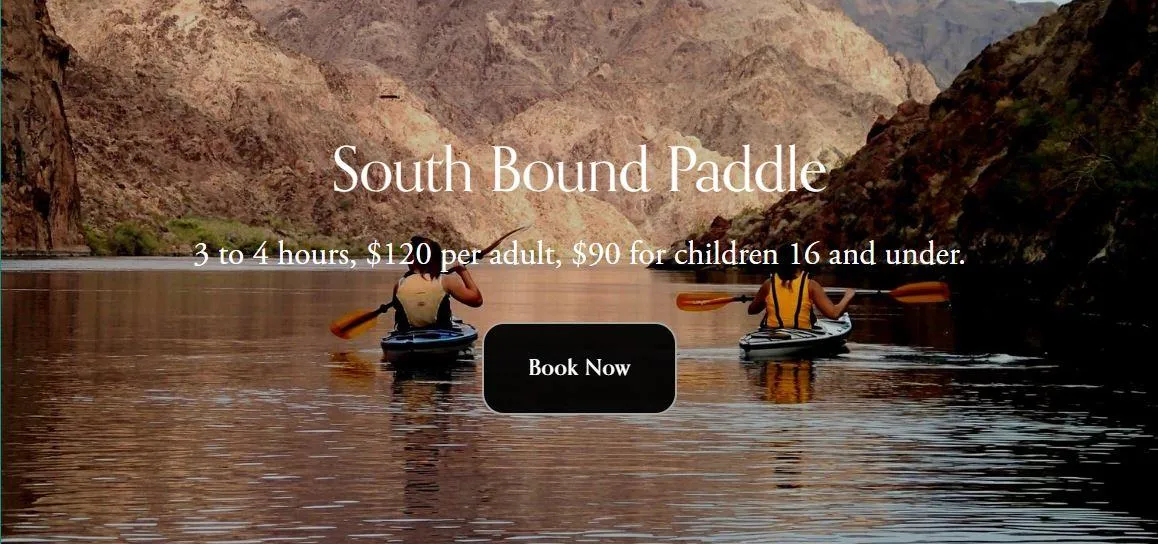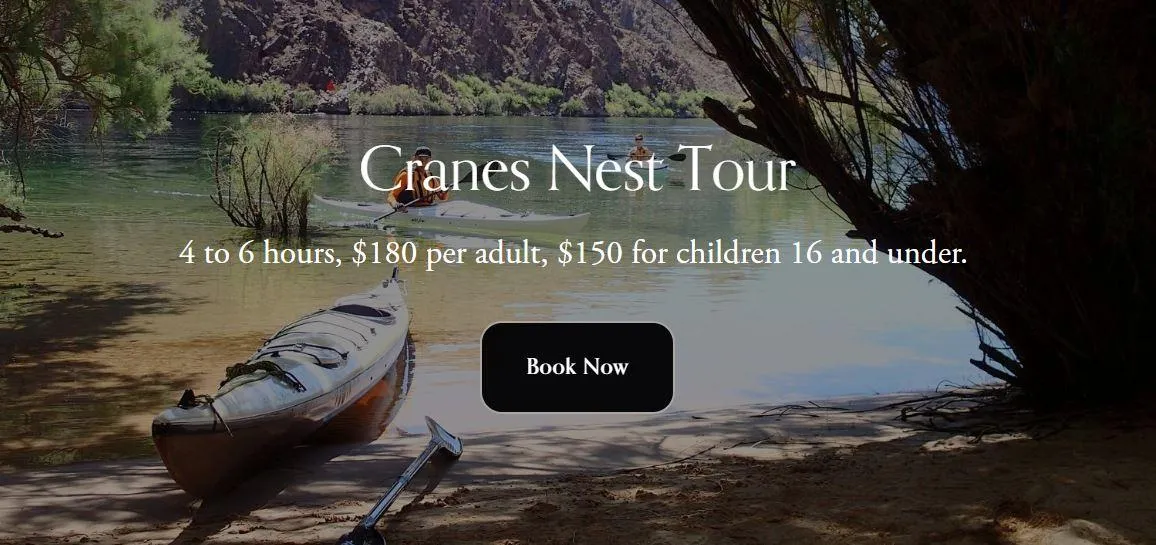Forward Stroke
Numbers:
There are about 500 forward strokes per mile of paddling.
Of course a statement like that requires some assumptions, if you paddle you know what they are, individual technique, wind conditions, and current
only name a few of the myriad of variables that effect kayak and paddler.
However, if you go out and paddle 10 miles,
you have probably executed somewhere in the neighborhood of 5000 forward strokes.
If you are new to paddling, it is important to learn an efficient stroke at the onset of
your paddling career.
If you are on old hand, it's a good idea to apply some diligence into constantly refining
your forward stroke(s).
Two Styles:
There are two broad classifications, or techniques/styles, of forward stroke.
With one style, your upper hand does not cross the kayak's centerline by no more than about a fist's width.
This style, sometimes called a "straight arm" is a bit "old school" but still has applications.
With the other style your entire upper forearm crosses the kayak's centerline,
this is generally the best way to paddle mile after mile and is referred to as a "torso twist".
Within these two classifications of forward stroke there are as many good techniques as there are good paddlers.
This article is about my personal torso twisting forward stroke.
There are a lot of skills bundled into this video.
I've set the start at 1:11 so that you can see a few seconds of a properly executed forward stroke powered by a torso twist.
Throughout the video I'm (hopefully) showing a good torso twist as I paddle forward.
Forward Stroke and the Blade in the Water:
First of all, there is no such thing as a forward stroke. That is what we call it, but it is a complete misnomer.
Once a blade enters the water, that is where it stays. There is no stroking going on.
The primary principle of paddle strokes: When you plant your blade in the water and perform a stroke,
your blade doesn't move it is your kayak that moves in relation to the blade.
Again, once a blade enters the water, that is where it stays. The blade is not stroking the water.
The blade will remain in a relatively fixed position in the water.
The effort of a forward stroke is to pull your kayak up to where the blade is, not pull the blade back to where you are sitting.
Of course the blade will slip a little.
Thin blades will slip more than wide blades and wings are designed to slip out and off to the side.
This slippage should be completely discounted in your mind.
If you focus on the idea that the blade stays "right there",
all your paddle stroke techniques will start to make more sense and you will improve as a paddler.
For instance, your ability to paddle in high winds will immediately improve because the cause and
effect of your "blade in the water" actions in relation to the wind driven waves will be better understood.
The forward stroke should properly be called "the forward draw".
Forward Stroke and Holding the Paddle:
Grasp the paddle loosely, always loosely.
Your hands should be just outside of your shoulders with thumbs just at the shoulder tips.
Hold it straight out in front of you at shoulder level.
Lock your elbows...now bring the hands about 4 to 6 inches closer to you relaxing the locked elbows a few inches and allowing some flex at the elbow joint.
This how you hold your paddle.
And with only some variation, this is how you hold your paddle throughout the forward stroke.
Forward Stroke and Your Stance:
In the execution of the forward stroke, there is no such thing as moving the paddle.
You move your body and the paddle moves as a consequence of those body movements.
The paddle, properly held, is in front of your chest just below the neck, so keep it there.
You should visualize the middle of that paddle shaft always staying in relative position to your chest. You should visualize your chest never moving without the center of the paddle shaft following.
Forward Stroke and Spearing the Fish:
Prepare to spear...
You want the blade to enter the water close to the hull and forward of where you are sitting,
about halfway between ankles and knee. Visualize a fish at the point in the water.
(By the way, look at traditional Polynesian paddles or paddles of early Australian people,
the blades are pointed, presumably for spearing something.)
Let's say the fish is on the right side.
Let's do one good forward stroke on the right side...
You raise the paddle up and to...whoops...you do not raise the paddle. You rotate your torso to the left,
raising your chest and inhaling. Now look at the paddle, it just happens to be up and to the left and ready to
spear something down and right.
Spear...
The fish is still on the right side of your kayak, near the hull, and about halfway between your ankle and knee.
You rotate your torso to the right, lowering your chest and with little or no splash, the blade enters the water
and spears that fish.
Forward stroke and following through after spearing:
Here is reason for the analogy with the fish.
From the position of "preparing to spear the fish",
until you have finished the stroke with the lift out of the water;
you are doing one continuous motion...not "raise the paddle, catch, stroke, lift", but instead,
just perform one nice smooth, powerful "spearing" twist.
As if you speared a fish and followed through.
The power starts right from the position of preparing to spear the fish and will end when her center of gravity is next to the blade in the water.
The blade is in the water.
You are now going to pull... You. That's right, the blade is fixed in the water and
you are going to pull yourself up to where that blade is.
The forward stroke becomes the forward draw.
The blade is at a fixed point. You are not. You are in a boat that is gliding on the surface of a liquid.
You exist where your center of gravity exists and your center of gravity remains fixed in relative position to the boat's center of gravity.
You are going to pull those centers of gravity up and next to the paddle blade. Here's how...
Pull yourself up to where the blade is by applying leverage to the shaft.
But for now, forget about leverage to the shaft, if you start thinking about leverage to the shaft, you'll start using those powerful arms of yours to start pushing and pulling.
Forget that and forget your biceps and triceps.
You are going to pull yourself up to the blade with a torso twist.
It is a torso twist that requires power, you're pulling you and the boat.
You are going to keep the upper hand parallel to the water throughout the stroke.
This is IMPORTANT.
If you drop your upper arm or let it droop in any way then the blade in the water starts lifting.
That's right, you are now (by dropping the upper hand) trying to lift water with the blade that is in the water. Remember, the boat moves in opposition to the signal given to it by the paddle.
In other words, by dropping the upper hand you are signaling to the boat to DIVE.
So, keep the upper hand parallel to the water throughout the stroke, thus pulling the boat forward.
The powerful torso twist that you need is right there at your core.
It is all the muscles from your upper legs to your lower chest. It is the center of you and it is powerful.
Forward stroke and the powerful center pulling - core crunching torso twist:
You inhaled as you raised your chest up and left. Now exhale and let your center core IMPLODE.
Your abdominals flex to bring your chest to your center.
Your glutes flex to bring your thighs to your center.
Bring everything to the center and you will find yourself next to that fixed blade in the water.
Visualize your entire center being as a spring.
When the blade enters the water your spring is stretched out to its maximum potential energy.
Each end of that spring of yours is anchored to something.
Your hands are on the paddle shaft (with blade in the water on the right side of your kayak) and your right foot is on a foot peg (anticipating and bracing for the pull on the right).
Each end, each anchor point of that spring is powerful, the lower end and the upper end.
As your core implodes, your right foot (blade is in the water on the right) presses against that foot peg. The lower power from your torso twist starts at your foot.
The power comes up your leg into your center.
As your core implodes, your left (upper) hand is open on the shaft and open to the "idea of pushing".
But you are not going to push, that would mean your triceps would flex, they are not.
As your core implodes, your right (lower) hand is open
(only closed enough to control the shaft's movement) and open to "idea of pulling".
But you are not going to pull, that would mean your biceps would flex, they are not.
Just torso twist using the power in the lower and upper ends of your spring and you will find yourself next to the blade in the water.
Feel and be aware of the muscles involved as you bring it all to the center.
Twist and feel the right abdominal obliques pulling down and right.
Twist and feel the right lat flex as you pull in to the center.
(Champion arm wrestlers pull with the lat and DO NOT flex the elbow.)
Right now, as you sit there reading this...
Remain in your chair, put your left hand on your right obliques, twist and pull down to the right.
Feel the flex?
Now put your left hand under your arm pit and grab that right lat,
with the right hand in front of your face,
twist down and right. Feel the flex? Good!
Now do the same motions again without the left hand and feel those muscles in action.
Can you feel them?
If not, close your eyes, do the motions slowly, can you feel those muscles now? Good!
Now, do the motions one more time and while you are feeling those muscles flexing...
I want you to feel all the other muscles not involved in the action.
I want you to feel all those other muscles not flexing.
Can you feel all those other muscles? Can you feel them not in play? Can you feel them just relaxing?
If so, then you are on your way to being able to apply thousands upon thousands of efficient forward strokes to your kayaking.
Important:
Part of the process of developing an efficient forward stroke is practicing and acquiring muscle awareness. Know what muscles are flexing and extending in any given action.
Forward stroke and Zen:
So far, this forward stroke seems like some kind of "zenned-out" meditation session. It is!
Forward stroke and do it again:
The blade is next to you now. So, lift it out of the water.
If you leave it in the water at this point,
to keep moving forward you would have to push backwards on the paddle shaft.
That is not going to be too efficient.
In fact, in theory, you would eventually be pulling yourself backwards to the blade.
In fact, if the blade is behind your center of gravity, it is already acting as a rudder and a brake,
so get it out of the water.
Note:
This is the single most compelling reason for the efficiency of the wing paddle,
it wants to get out of the water.
Your chest has already rotated right, you have lifted your blade out of the water,
so lift up your chest, inhale, and spear the fish on the left side now.
Forward stroke and efficiency:
In terms of lifting the paddle up for the next stroke, your deltoids can only lift so many times,
but you can torso twist for hours on end.
In terms of leveraging on the paddle shaft,
you can only do so many tricep extensions and bicep curls before
your arms tire, but you can torso twist for hours on end.
When first practicing a pure forward stroke torso twist, you will notice,
especially after some hours, that your arms are tiring.
So stop using them!
Every flex (closing) and every extension (opening) of your elbows (bending them) means your arms are being employed. Guard against that.
A good method for guarding against elbow bending is to paddle absolutely straight armed.
That's right, paddle with a torso twist with your arms locked straight out.
This is not a natural stance. Do this only for short distances.
But it is a useful self-teaching tool to show you and remind you that bending the elbows is
absolutely not necessary for a good forward stroke.
Reality check:
Does all this mean that every one of my forward strokes is some kind of core crunching super effort...
No Not At All, I try to make all my strokes...mellow.
The above description of a torso twist is presented so you can better visualize
that a good torso twisting forward stroke comes from your "center" and is not dependent on your arms.
In fact, whether you are paddling 100 meters across the cove or 45 kilometers upstream on your favorite river, every stroke should be a relaxing experience.
This means that as muscles do begin to tire, you must adjust your techniques sometimes radically and sometimes ever so subtlety, letting some muscles relax and
rest from the effort while other muscles take the load.
Some radical forward strokes adjustments are:
If you normally use a "low to the water paddle stroke", then for a half mile or so, use a high stroke.
If you normally use a high stroke, use a low stroke for awhile.
And sometimes let go of the torso twist for a few miles and use an old school straight arm.
Yes, use your arms and chest and let that core of yours relax. The triceps and pecs are quite powerful.
Some subtle forward strokes adjustments are:
First realize that a "muscle" when used is not firing all of its fibers.
For instance, when you lift a small book from your lap closer to your face to read the fine print,
you are not using every bicep fiber in your biceps.
Likewise, when you are paddling certain muscles will begin to tire.
Realize that only certain fibers in those muscles are tiring and so continue doing the same basic forward stroke that you are doing, but adjust your movements a little, ever so slightly.
You'll find that you can visualize certain fibers firing and certain fibers relaxing.
With this mind set, you'll find that you can make adjustments to your forward stroke that are barely
even perceptible and yet allow you to rest.
This is really a personal introspective view of yourself, your movements and your muscles.
It is a skill and like any skill it does require practice. I was a climber before I was a paddler.
While doing long climbs, some admittedly without a rope, I could not afford to get "pumped" so I developed techniques so that I wouldn't.
I apply those same inner views to my forward stroke.
Again, this discussion of the forward stroke has been a little "zenned-out".
Well, paddling long distances is a Zen experience.
Whether a long distance for you is 5 miles or 50,
your experience while paddling should be entirely enjoyable.
I hope this article helps.
